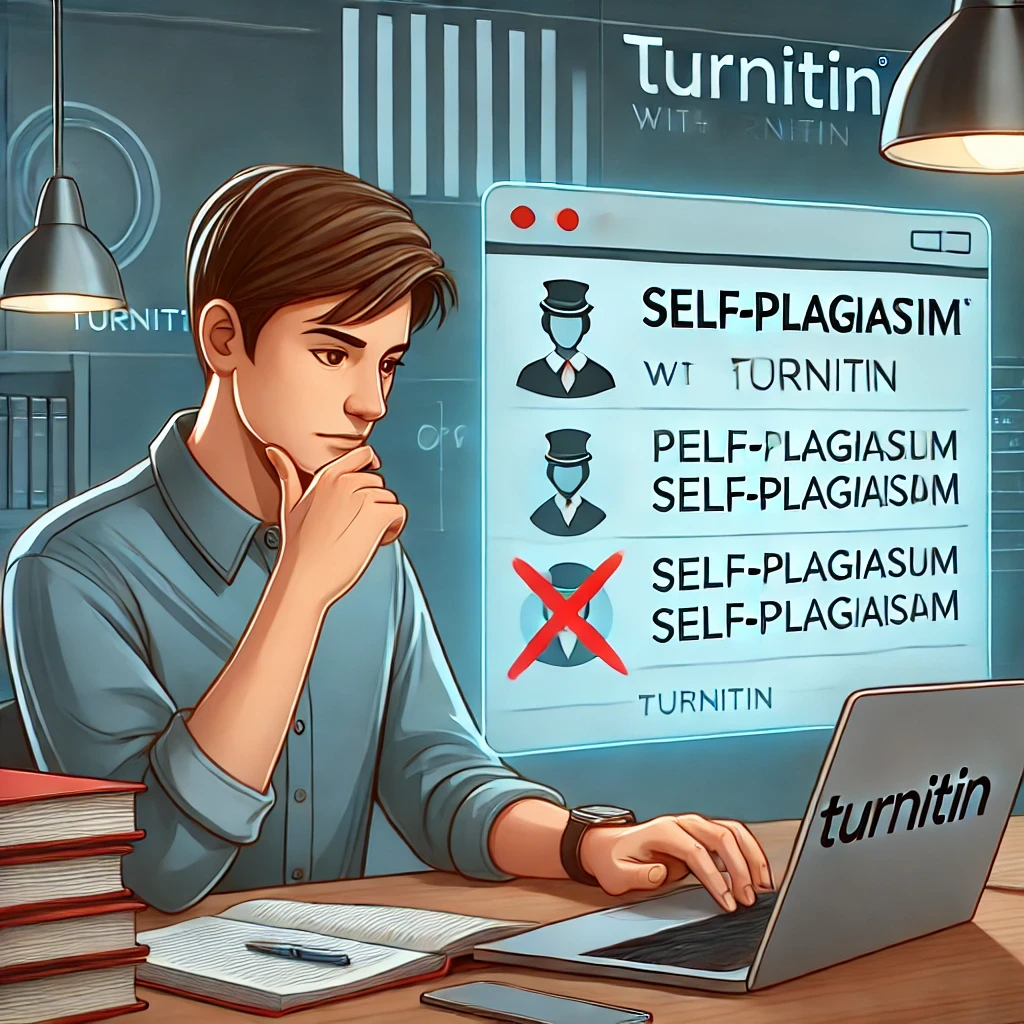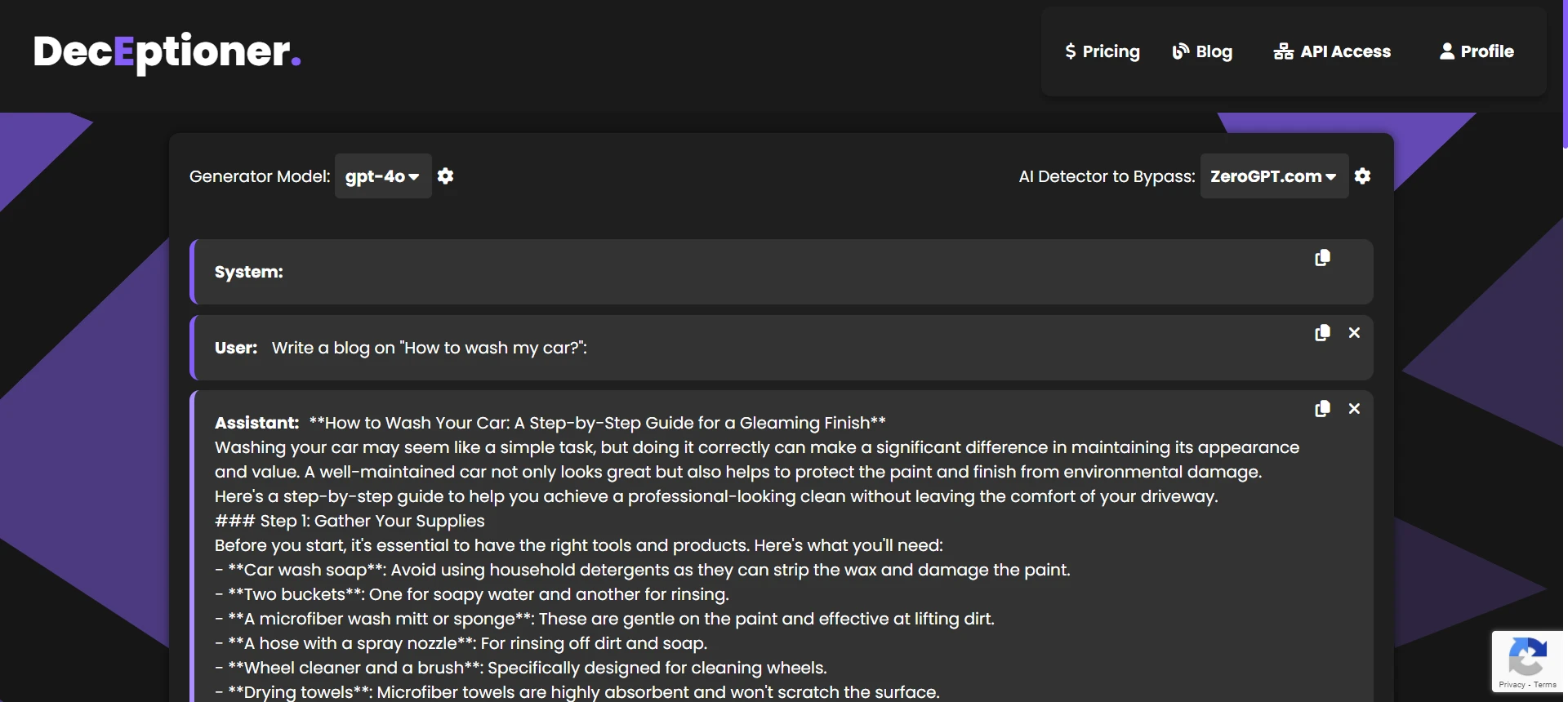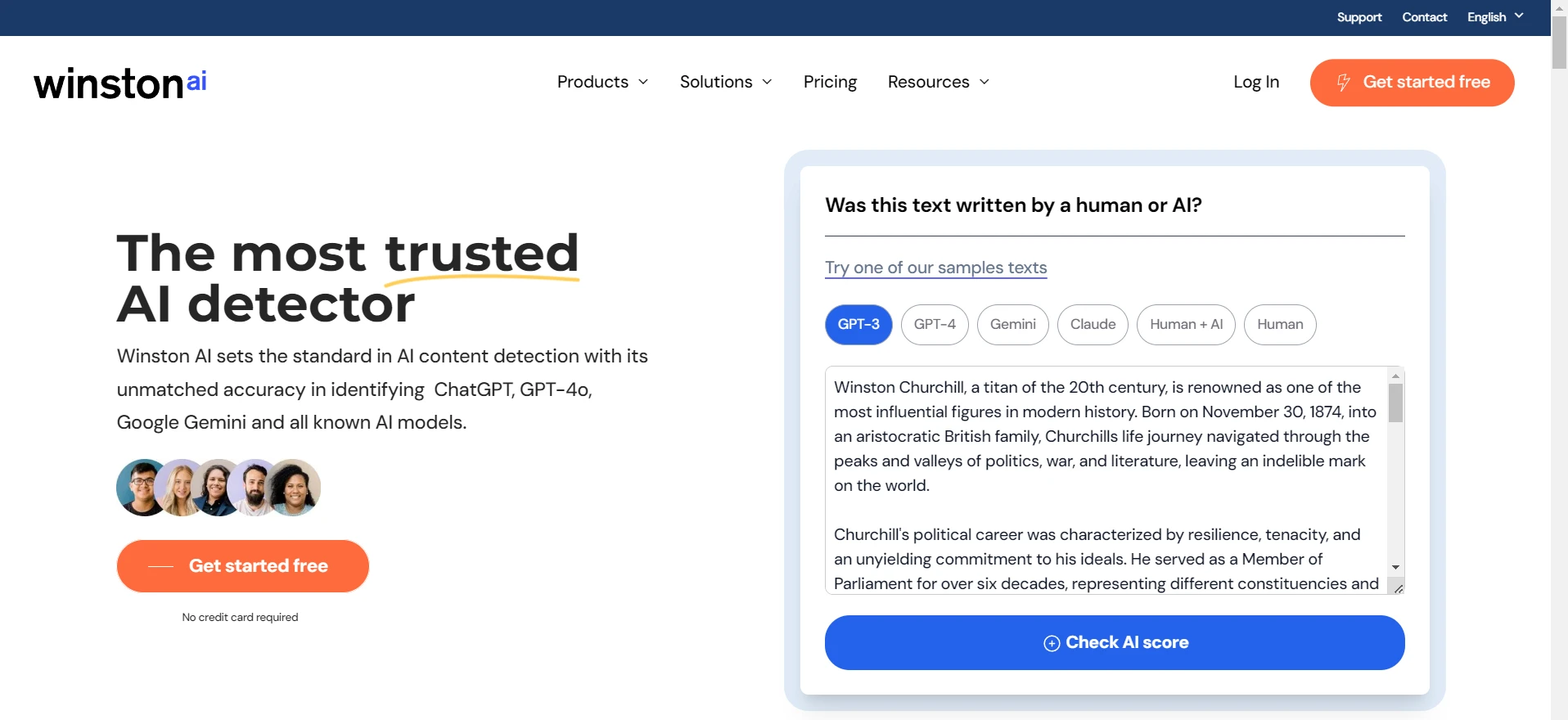As we all know it self-plagiarism gets pretty easily flagged by Turnitin. However, is it really that big of a problem if you are just reusing your own work? The short answer is YES. The longer answer is the devil lies in the details. Keep reading to know more about it.
Why Turnitin flags self-plagiarism?
The simple answer is just like how Turnitin scans for any unoriginal text, it also checks for similarities with your own previous papers. Even if you wrote them yourself, Turnitin is not made to excuse repeated content. You can see this on Turnitin’s site as well, they highlight that reusing your own past work without explicit citation could be an integrity violation. Hence, if it is not made to allow copy-pasting your older text, it wont be able to let it pass unnoticed.
Self-plagiarism basically involves:
- Submitting the same or large sections of a past paper in a new assignment.
- Copying and pasting paragraphs or data from your older research projects without referencing.
- Attempting to pass off your own old text as brand-new content.
All these get flagged by Turnitin because the system has them in its massive database once you originally submitted them.
Why is it easy for Turnitin to detect self-plagiarism?
Turnitin has a sophisticated algorithm which probably not only includes machine learning models trained on spotting identical or near-identical paragraphs, it also might be referencing the actual structure of your older sentences. So, even if you think re-ordering a few words or changing synonyms will help, Turnitin is likely to catch it anyway.
Turnitin is widely used by universities. They trust that it catches both direct plagiarism (copying someone else’s words) and self-plagiarism (copying your own earlier words). Reusing old text without any changes means Turnitin can easily pick it up, highlight it, and let your professor know.
5 Ways to Avoid Self-Plagiarism
1. Always start fresh
Even if you are writing on the same topic you did before, try to do fresh research. Adding new references, analyzing updated data, or focusing on a different angle helps you create genuinely new content. This helps reduce the chances of your instructor or Turnitin accusing you of duplication.
2. Cite your old work
Are you reusing data or quotes from your previous paper? Cite them. Provide a proper reference to your own previous assignment just like you would cite somebody else’s paper. This not only looks professional but also ensures you do not get hammered for trying to hide the source (which is ironically yourself!).
3. Paraphrase responsibly
People usually think paraphrasing solves all problems, but it can backfire if you literally just shuffle words around. Instead, read your old text thoroughly, interpret the ideas, then write them in a brand-new style. Avoid copy-pasting even one line. Turnitin’s advanced matching can easily detect overlapping sentence patterns.
4. Talk to your instructor
Sometimes you truly do need to reuse certain parts of an old assignment, like if you are working on a cumulative research project. In that case, let your professor know you’ll incorporate some passages from your prior paper. This kind of transparency usually prevents unintentional self-plagiarism and helps you shape the content ethically.
5. Use Turnitin’s draft-check feature or a self-checker
If your school or department allows it, do a preliminary submission. You can see what Turnitin might flag before making it final. This gives you time to rewrite or add citations in the flagged areas. Alternatively, you can use other self-checking tools to see if your text triggers any high similarity to your old documents.
Which rewriter is made to do this task?
Honestly, no rewriter is specifically built to help you avoid self-plagiarism automatically. Tools like Quillbot or Deceptioner can help in rewording, but that does not remove the fact you are reusing your older ideas. Most of the time this method works but your professor could flag it if they remember your older work. So, the main difference is your intention. If you are copy-pasting the same paragraphs to pass them off as brand-new, no rewriter or AI text humanizer will solve that core ethical problem.
Frequently Asked Questions
Q1. Does Turnitin detect self-plagiarism?
Yes, Turnitin can easily detect self-plagiarism because your old submissions are stored in their database. You might pass a simple plagiarism test if it’s purely about external sources, but any rehashed text from your own old assignments is extremely unlikely to slip by.
Q2. Is reusing my old essay always frowned upon?
No, not necessarily. If you reference your older paper properly or if your institution specifically allows building upon your prior research, it’s fine. But sneaking in old content as if it’s brand new is usually not okay.
Q3. Can I paraphrase my own content to avoid detection?
Yes and no. Simple paraphrasing might still get picked up if the ideas and structure are the same. If you truly rewrite them from scratch and cite your old work, that’s the safer route.
Q4. Is it legal to reuse my own writing?
Legally, it’s not the same as stealing somebody else’s text, but academically it can be considered unethical if you are misrepresenting your efforts. Your professor or the academic policy might still penalize you.
Q5. Whats the best way to avoid self-plagiarism?
The best way is twofold: Either use fresh material or properly cite any reused content. If you keep these principles in mind, you wont face the dreaded red flags in Turnitin’s similarity report.
The Bottom Line
Self-plagiarism is indeed a big deal in academic settings, and Turnitin’s detection methods are sophisticated enough to catch it. Trying to outsmart Turnitin with short-sighted paraphrasing or fancy synonyms often ends in disappointment. Instead, always approach every new assignment with fresh research, or if you must bring in old text for context, cite it like any other source. In the end, it all boils down to academic integrity, no fancy rewriting tool or stealth trick can cover that basic principle.


![[G0] Can GPTZero Humanize AI Text?](/static/images/can-gptzero-humanize-ai-textpng.webp)
![[HOT TAKE] Why is ZeroGPT so bad?](/static/images/why-is-zerogpt-so-badpng.webp)
![[DIRECT] Best Affordable AI Humanizers (That Still Work in 2025)](/static/images/best-affordable-ai-humanizerspng.webp)
![[HOT] Can You Compare ZeroGPT With Other Top Tools?](/static/images/can-you-compare-zerogpt-with-other-top-toolspng.webp)





